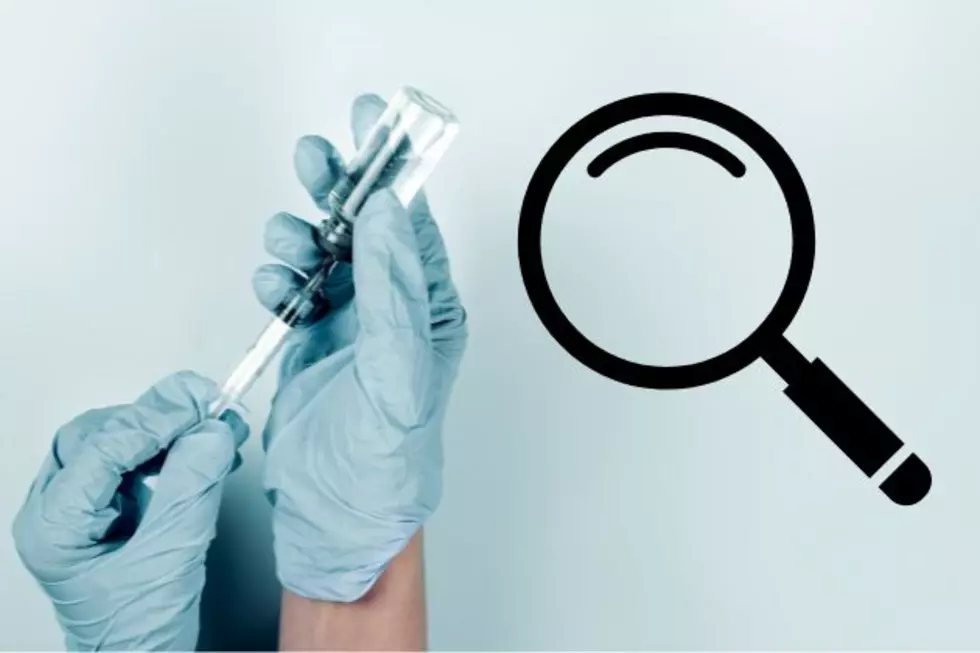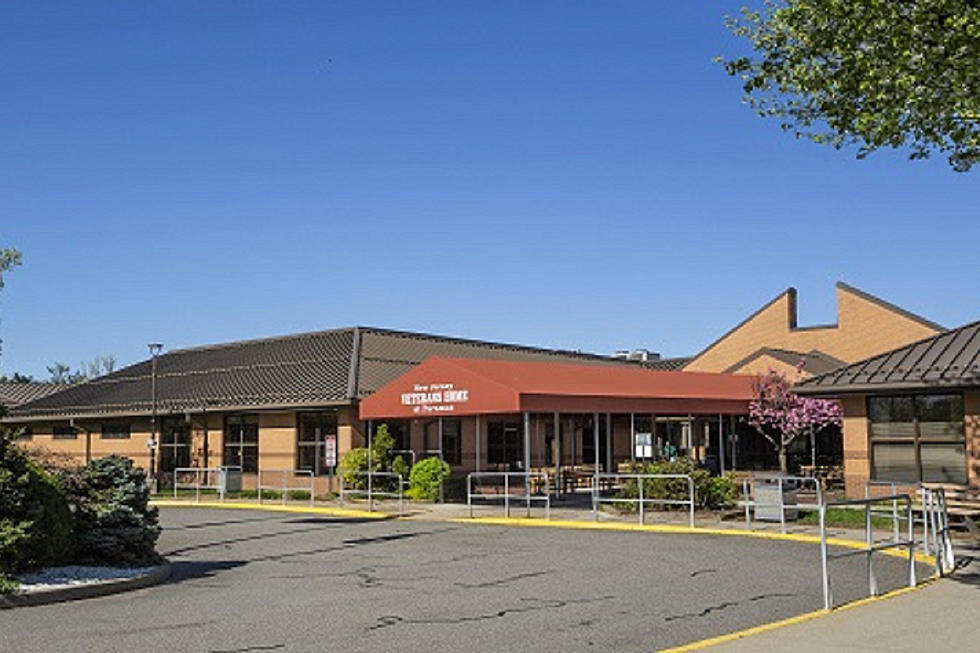
What is a virtual doctor visit like? Would I do it again?
Is tele-medicine the wave of the future? Maybe.
In the midst of the COVID-19 pandemic, Gov. Phil Murphy has been pushing to expand the availability of online and phone consultations with physicians. Most major hospital groups are now offering such consultations, most often through proprietary apps.
As we practice social distancing and isolation, I figure this weekend was a perfect time to catch up on some yard work. In the midst of one project, a tree branch caught on my shed door and snapped back, hitting me in the left eye. OUCH! The pain and swelling was severe enough that I considered going to the emergency room or urgent care clinic, but didn’t want to risk exposure to anyone who might have the novel coronavirus.
I’d been reporting on telemedicine for a while, so I figured I’d give that a shot.
I remembered Dr. Lincoln Miller, the Infectious Disease expert at RWJBarnabas Health telling us about the system's focus on telemedicine during our recent Town Hall on coronavirus, so I decided to start there.
Download the app
First, you have to download an app to access RWJBarnabas' online doctors. The download was easy enough, but the app asks for a lot of information. If you have a smart phone with access to any medical data like heart rate, blood pressure, exercise and so on, the app asks for access to the info. I clicked yes. Then it asks for a brief medical history, any medications, existing conditions and the like.
Next is information about health insurance, but the only option listed wasn’t my plan, so I had to enter a credit card. The visit cost $45. That’s much more than my primary care physician, but I was so far into the process, I wasn’t going to stop now.
(Editor's note: Changes to federal regulations and company policies during the coronavirus outbreak may provide for certain free telemedicine services across several health providers and insurance systems — including screenings for coronavirus.)
The entire process of installing the app and entering all the data took about 15 minutes. It was complicated by the fact that my eye was swelling closed, and seeing was difficult.
Be prepared to wait
Once I had all my information loaded, I got to see the doctors that were available and the number of patients in the “virtual waiting room.” I had a variety of doctors to chose from. Each had a photo, a medical specialty and brief educational background listed. The specialties included: pediatrician, internal medicine, family medicine and emergency care. There was only one emergency care doctor listed, so I chose that.
Once a chose the doctor, the app asked for a brief description of why I wanted to schedule the appointment, and gave me the option of uploading photos. I did both. The app told me I have 19 patients ahead of me, but not how long the wait would be. I estimated each visit would last 15 minutes, so that would be a wait time of almost 4 hours. Not great, but I decided to watch TV wait it out.
About 15 minutes later, I got a notification from the app that another doctor with the same specialty has a shorter wait time, and asking if I would like to switch. I did, and was told I was the next patient. Great! However, a short time later I noticed other patients listed in front of me with no explanation given. I assumed their conditions were more "emergent," and just went back to watching my one-eyed Star Wars marathon with an ice pack on my left eye.
You can do other things while you wait
I also liked that if you decided to check your email, social media, browse the internet, or play a game on your phone, the app keeps asking you if you want to continue to wait. That means you can leave the app without losing your place in line. You can also cancel at any time and not be charged.
The virtual visit
After three patients jumped ahead of me, I waiting about an hour and the phone rang telling me my appointment was about to begin. A few moments later, I was connected to a doctor that looked like he was right out of central casting: white hair, white lab coat and an easy, calm demeanor. He detailed for me what he would have done if it was an in-person visit, how this visit was different, and if I understood the limitations of the call. I told him I understood.
He prescribed over-the-counter pain medication, an ice pack, and prescription eye drops. He urged me to follow-up with an eye doctor on Monday. By the time the virtual visit ended, I got a text from my pharmacy that the prescription was ready for pick-up. Shortly after the call, I got an email with a summary of my virtual visit and treatment plan.
Bottom line: Would I do it again?
I really didn’t know what to expect from my virtual doctor visit, so my expectations were low. Aside from the time it took to download the app and a relatively long wait time, it was a pleasant experience. Would I do it again? Maybe. I’m not sure. For minor things like a possible cold or sinus infection, I might consider it. There is no doubt the doctors are well-trained in their specialty, and in a pinch can provide great care given the limitations of the virtual platforms.
I doubt I would use the app for a truly emergent condition. I also have a 30-year relationship with my primary care physician, and that kind of experience can’t be replaced by an app (the same can be said of emergency room visits). For my personal experience, it was a great alternative to visiting an urgent care center during the current pandemic.
More from New Jersey 101.5:
More From New Jersey 101.5 FM









